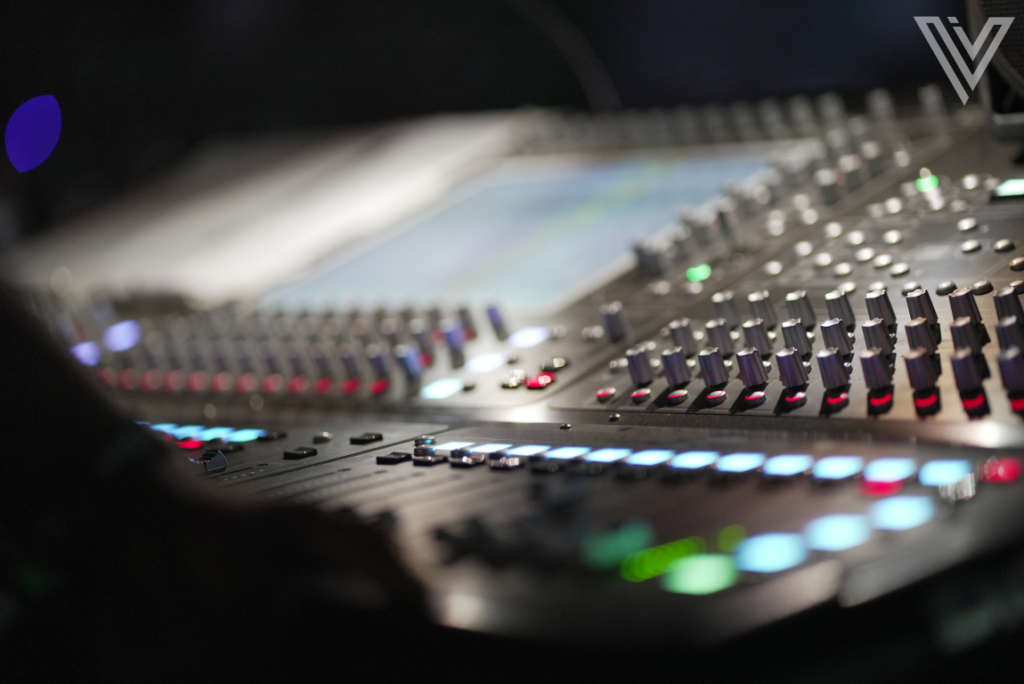Do you construct a story in your head after looking at a photo? A picture is worth more than a thousand words if you have the vision. Earlier storytellers used to narrate a story, and we imagined frames to understand it better. Now we have visual storytelling, i.e., telling a story with photos.

Courtesy- Yogendra Singh
Photography is a powerful medium for storytelling. As a photographer, your goal is to capture moments that tell a story. But how do you make sure your images effectively convey the narrative you want to share? Here are some tips to help you tell a story with your photographs:
Tips for Telling a Story With Photos
Plan Ahead
Before you start shooting, think about the story you want to tell. What message do you want to convey? What emotions do you want to evoke? Who are the characters in your story? Whether it will be just one photo or a series? By planning, you can ensure that each shot you take contributes to the overall narrative.
Let’s say you want to tell the story of a young couple’s love. You might plan by scouting a location that could seem meaningful to them. What spot looks like a first date place? Maybe a seashore? You might also brainstorm a shot list that includes both posed and candid shots and consider the time of day when the light will be most flattering.
Choose a subject that you like
Every photo has a story. A photographer brings their own perspective and experiences to their work, which can shape the narrative of their images. Choose a subject that you are interested in so that you can get the best out of it. If you try to focus on other things, you’ll easily get a photo but not a story. After all, it’s your point of view that the audience will see in the photo.
For example, this photo of cats explains the photographer’s interest in pet photography because this shot shows the playful nature of animals, not just the cats lying on a table.

Courtesy- Vineet Khunger
Use composition to your advantage
The way you frame your shots can help tell your story. You need to have a subject and some elements that explain the subject’s story. It is not necessary that the subject has to be a person, it could be anything.
Consider the rule of thirds, leading lines, and other compositional techniques to draw your viewer’s eye to the most important elements in your image. Pay attention to the background and foreground, too, as they can also contribute to the story.
Imagine you’re photographing a busy street scene. You might use leading lines to draw the viewer’s eye to a specific point of interest, such as a street performer. You could also use the rule of thirds to place the artist at an intersection of lines, creating a more dynamic composition.

Courtesy- Vishal Shinde
Pay attention to lighting
Light can set the tone for your story. Bright, sunny lighting can convey happiness or joy, while darker, more dramatic lighting can evoke tension or sadness. Experiment with different lighting conditions to find the right mood for your story.
Let’s say you’re photographing a child blowing out candles on a birthday cake. You might choose to shoot in natural light to capture the warm, golden glow of the candles, or use a flash to fill in shadows if the room is too dimly lit.
Choose color wisely
The same photo in different colors can convey different stories. Well-executed use of color can enhance the visual appeal of an image and captivate the viewer’s attention. For example, warm colors like red, yellow, and orange can create a sense of energy and excitement, while cool colors like blue and green can create a more serene and calming mood.

Courtesy- Indrajeet Bhonsale
You can read more about the power of color in photography. Though the blog is focused on fashion shoots, the tips mentioned can be used in storytelling as well.
Capture emotion
The emotions on your subjects’ faces can help convey the story you want to tell. Look for moments of joy, sorrow, excitement, or contemplation, and capture them in your images. It is better to capture candid shots to cover a good story, as the subject will express their true emotions. If they know that you are photographing them, they will become conscious, and it won’t look natural.
Suppose you’re photographing a family reunion. You might capture a shot of a grandmother hugging her grandson, the joy and love evident on both their faces. Or you might capture a shot of a family member wiping away tears during a sentimental scene.
Use a variety of shots
By using a mix of wide shots, close-ups, low-angle shots, POV angle shots, and detail shots, you can provide your viewers with a sense of the setting and context of your story, while also highlighting important details and emotions.
Imagine you’re photographing a musician on stage. You might use a wide shot to show the audience’s reaction and a close-up of the DJ setup, etc.

Courtesy- Abhi Sheth

Courtesy- Abhi Sheth
Edit carefully
Once you’ve captured your shots, be selective in which images you choose to include in your story. Use editing tools to enhance the mood, tone, and composition of your shots, and to create a cohesive narrative.
Let’s say you’re editing a series of images from a landscape photography trip. You might use editing tools to enhance the color and contrast of the images, remove distracting elements from the background, and crop the images to create a consistent look and feel. We’ve written here about some great photo editing tools for both desktop and mobiles.

Courtesy- Vineet Khunger
Finally, once you’ve crafted your story through your images, share it with others. Whether you’re displaying your work in a gallery, publishing it online, or sharing it with friends and family, let your images tell the story you want to tell. You can add a caption to your images to highlight the story that you want to tell. This is a very common practice on social media. The caption could be the real source of the image, something that the subject spoke to you about, or the observation you made while capturing the frame. You can use all these alternatives to tell your story.
By following these tips, you can tell powerful stories through your photographs. Remember, every shot you take is an opportunity to convey a message, evoke an emotion, and tell a story. But don’t forget the basic skills of photography while searching for a story, you have to combine both to get amazing results. Happy shooting!
And if you are into photography, you can upload your content on Indievisual.in (that’s us!), an India-centric stock footage company accepting photos and videos from photographers across the country. You can join us as a creator and earn every time your footage is sold.
Still having doubts? We’re at hello@34.100.129.6.









